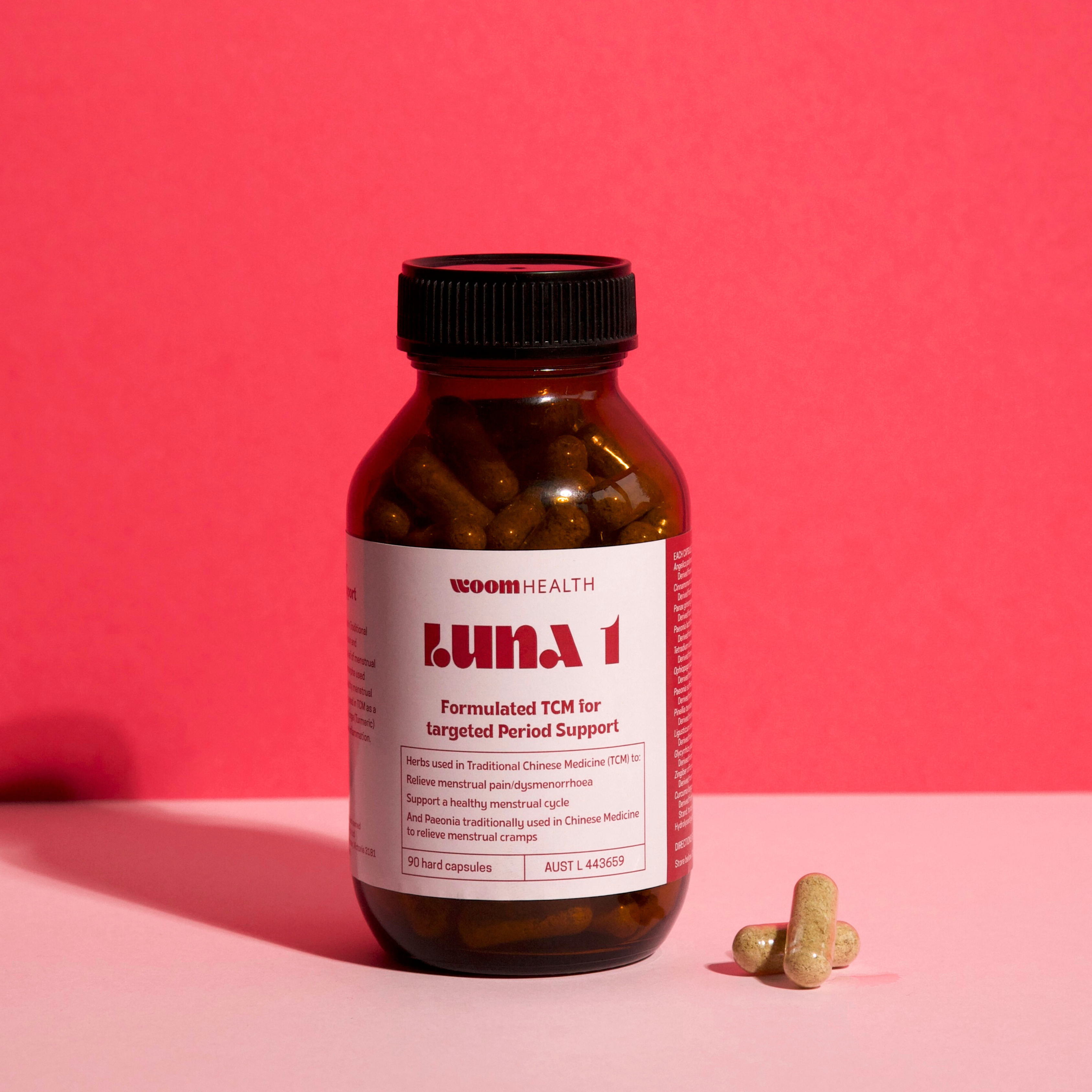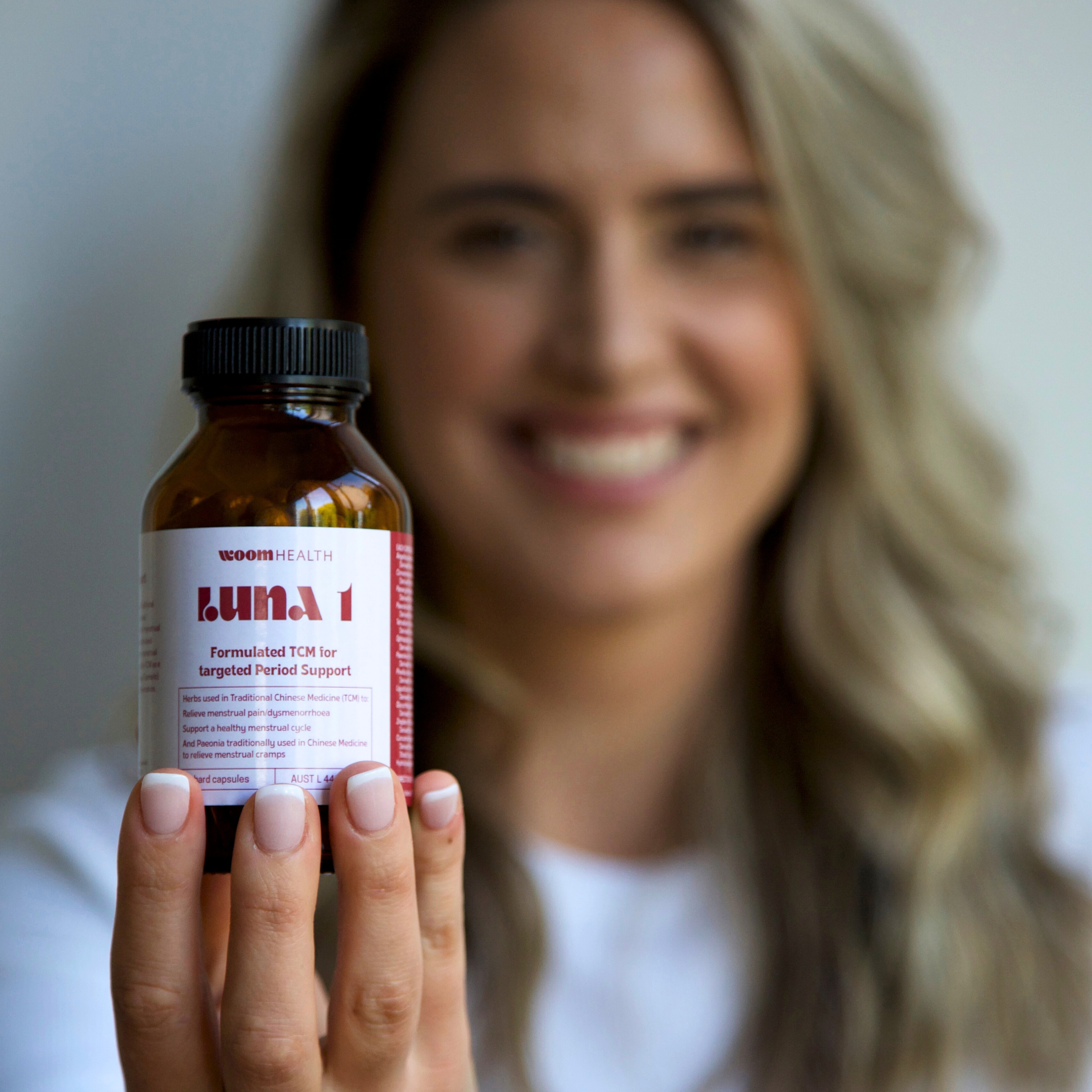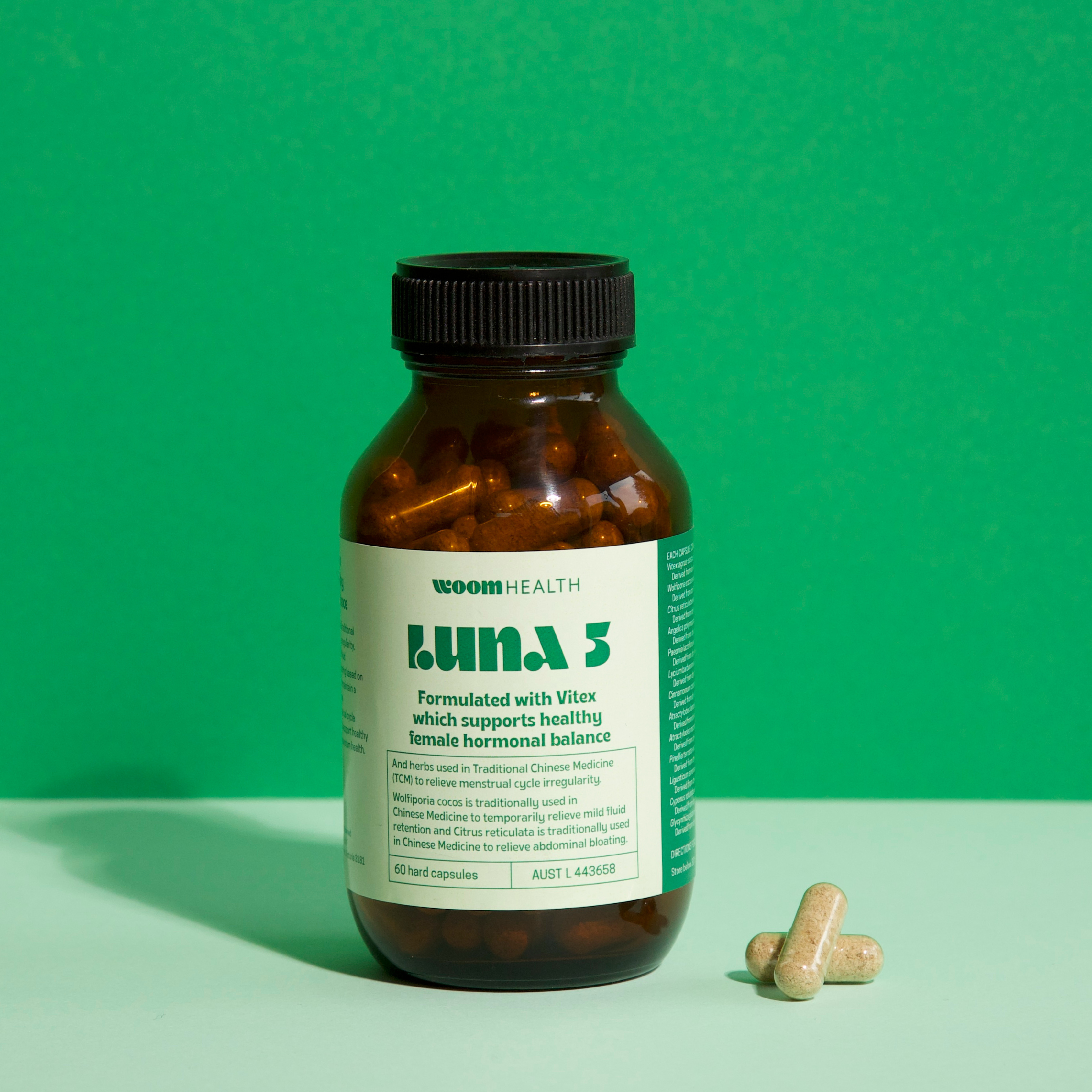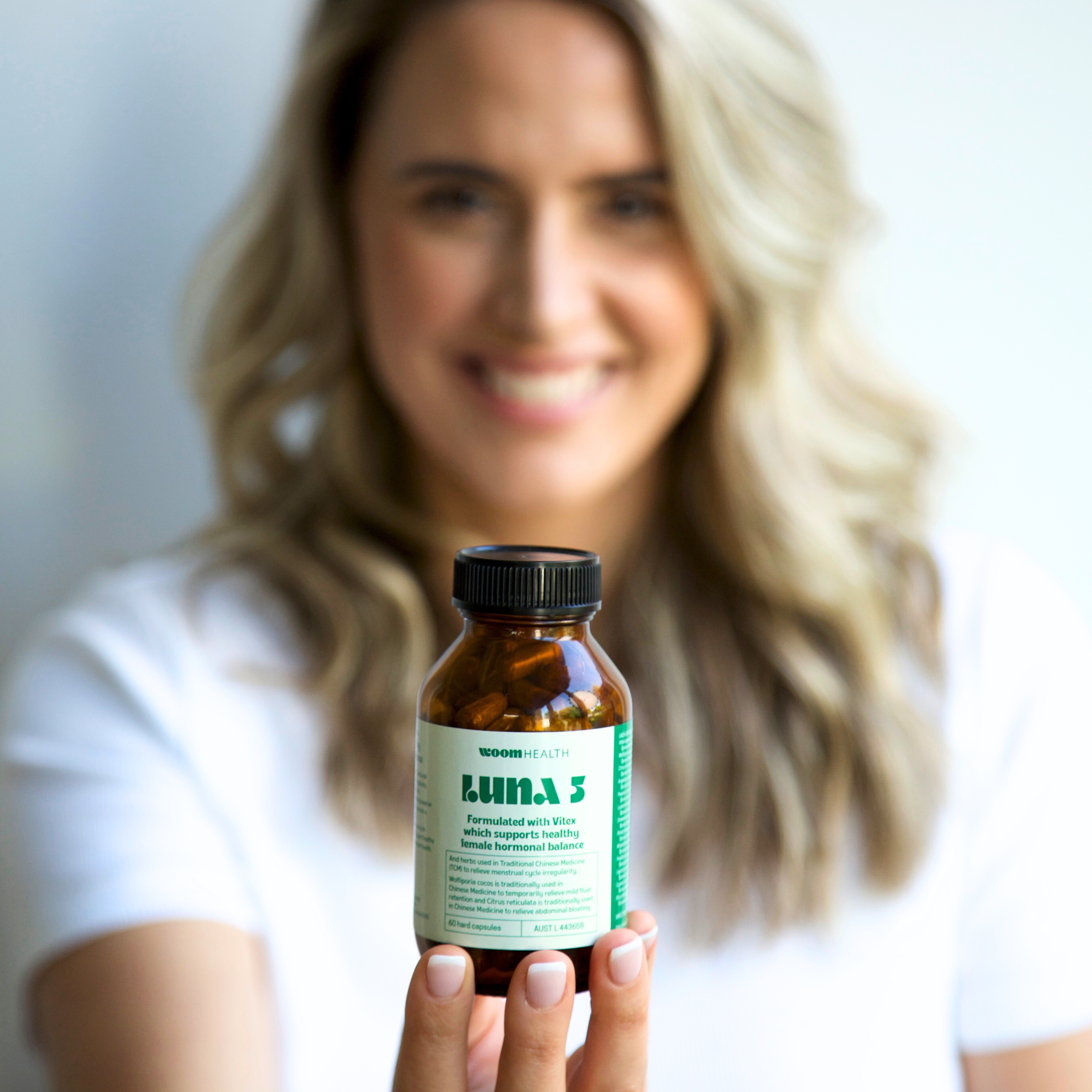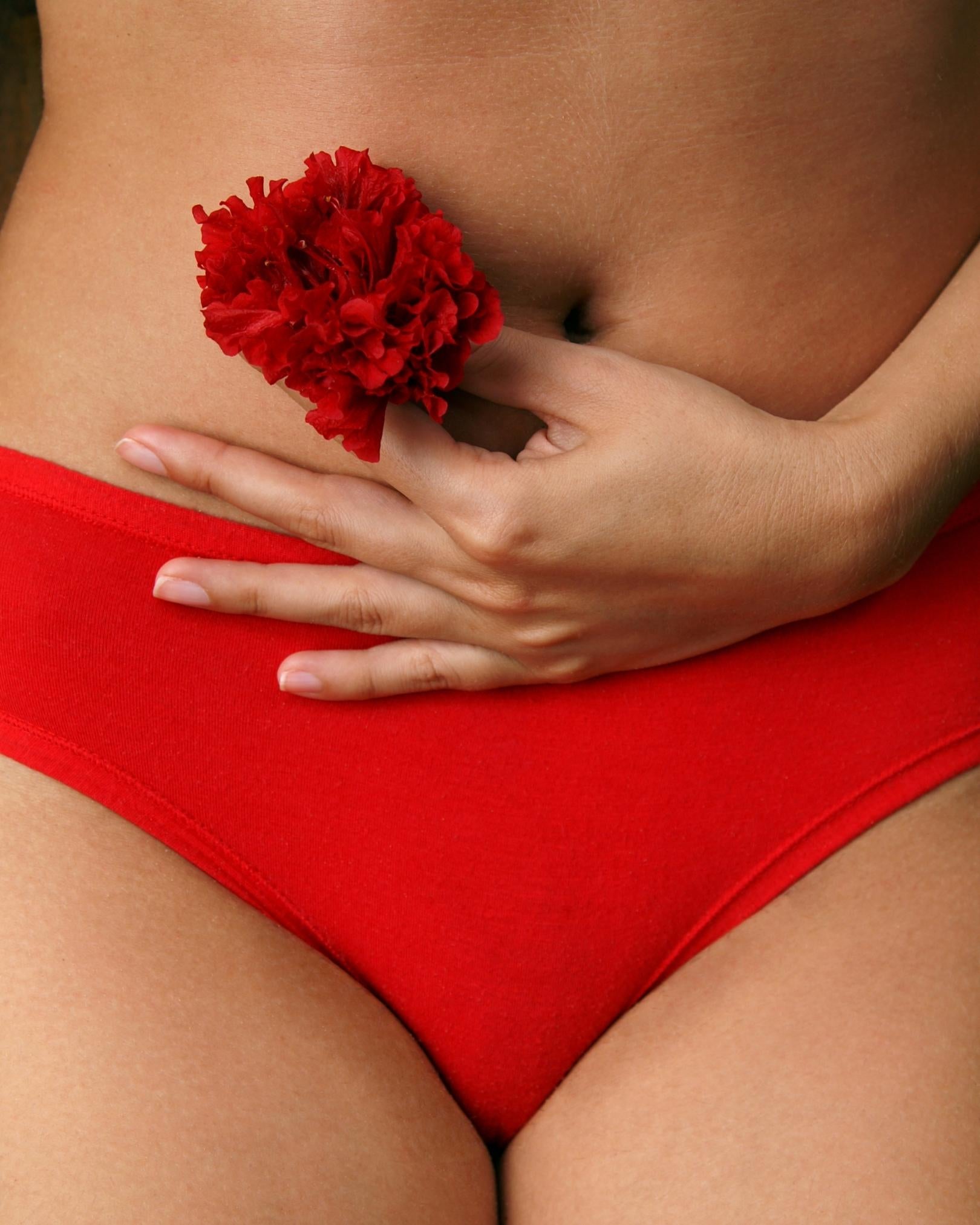Understanding Perimenopause and your Hormonal Changes
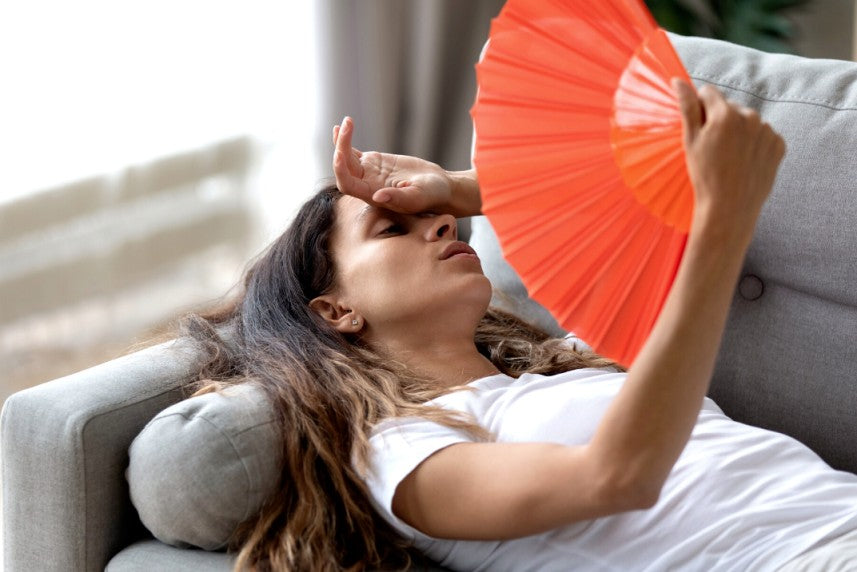
You’re in your late thirties, and things are starting to shift. You now wake up in a pool of your own sweat. Aunt Flo goes on vacation every now and then. And you can’t seem to find your way off this rollercoaster of emotions.
Any foreign changes to your body and mind can feel scary, but there’s some comfort in knowing you’re not alone. In fact, every menstruator will step into this phase of life called perimenopause.
Perimenopause is menopause’s younger cousin. Yes, she gets much less attention, but she’s just as important to understand. So in this article, we’ll explore what perimenopause is, signs of perimenopause, and how you can naturally tackle this new stage of life.
unpacking perimenopause: what is it, anyway?
Perimenopause, also known as the menopausal transition, marks the final years of your reproductive life. Perimenopause begins when your periods become notably irregular and your cycle length changes. This phase ends when you do not get your periods for 12 months in a row [1]. When that happens, you’ll graduate from perimenopause and enter the well-known season of life called menopause.
Women usually enter the perimenopause stage in their late thirties or forties, and this lasts for about 4-6 years before menses stop completely [2].
According to science, perimenopause is divided into two main stages: early and late. In early perimenopause, your cycle patterns begin to change. And in late perimenopause, periods become rare and happen months apart [1].
And once you reach menopause (when you don’t get any menses for 12 months in a row), you can officially say goodbye to tampons and pads—Hey, the silver lining we all need!
But what orchestrates this cascade of events? Well, your hormones do.
perimenopause and your hormone levels: fluctuations are normal
You’ll hear people calling menopause “The Change,” but perimenopause is when the biggest changes actually take place. Let’s explore what happens behind closed doors.
When you first come out of your mother’s womb, you have millions of undeveloped eggs inside your ovaries. As you grow older, this reserve of eggs in your ovaries naturally dwindles over the years. At early perimenopause, this reserve has shrunk to a critical level. Your ovaries also start to age and hence, produce less hormones.
as a result, the there changes in your perimenopause hormone levels take place [1, 3]:
- Follicle-stimulating hormone (FSH) levels increase and remain high, leading to irregular periods.
- Your estrogen levels drop, causing irregular cycles.
- Your progesterone levels begin to fall, leading to mood changes.
So, it’s comforting to know it’s not “just in your head.” It’s only natural for your mind, body, and mood to experience changes due to fluctuating hormones.
perimenopause signs and symptoms
So how can you tell you’re entering this new period of life?
well, some common symptoms perimenopausal women experience are as follows [1, 3]:
- Irregular periods
- Hot flushes
- Night sweats
- Vaginal dryness
- Reduced sex drive
- Weight gain
- Trouble sleeping
- Brain fog
- Poor memory
- Mood changes
- Feelings of anxiety and depression
The most common symptom is hot flushes, which most menstruators will experience when journeying through this stage of life. Hot flushes involve a sudden burst of heat you can feel in your upper body. And sometimes, you’ll find yourself red-faced and sweating quite a bit as well. Night sweats are just a term for hot flushes that occur at night.
Understandably, you may be concerned about the unpleasant changes you’re experiencing. However, you can take control of your symptoms by making simple lifestyle changes.
how to manage perimenopause symptoms: your natural treatment options
We can all be proactive in taking charge of our hormonal health. Big and drastic changes may help, but they might not be as sustainable in the long run. The best way to start is to make small but effective changes to your lifestyle and habits.
here are some natural ways to manage perimenopausal hormone symptoms:
- Adopting a healthy lifestyle: Science has shown that physical activities and a well-balanced diet can naturally improve your symptoms and health [4].
- Avoiding triggers: Avoiding spicy foods may help reduce hot flushes. Alcohol and smoking may also trigger hot flushes. Giving up alcohol and smoking can be challenging, but seeking professional advice on how to do so can be helpful.
- Keeping cool and comfortable: Wearing breathable and sleeveless clothes and dressing in layers may help reduce the effects of hot flushes. Having a portable fan handy and drinking iced water can help as well. Before sleeping, you may keep a cool pack under your pillow and lower your room temperature to what feels comfortable.
- Seeking support: Your mind and emotions are important as well. You may wish to speak to a counselor or find a support group to journey alongside you.
Get social & follow us for the latest on perimenopause and hormones.
references for perimenopause and your hormones:
[1] Santoro N. (2016). Perimenopause: From Research to Practice. Journal of women’s health (2002), 25(4), 332–339. https://doi.org/10.1089/jwh.2015.5556
[2] Gava, G., Orsili, I., Alvisi, S., Mancini, I., Seracchioli, R., & Meriggiola, M. C. (2019). Cognition, Mood and Sleep in Menopausal Transition: The Role of Menopause Hormone Therapy. Medicina (Kaunas, Lithuania), 55(10), 668. https://doi.org/10.3390/medicina55100668
[3] Burger HG, Hale GE, Robertson DM, Dennerstein L. A review of hormonal changes during the menopausal transition: focus on findings from the Melbourne Women’s Midlife Health Project. Hum Reprod Update. 2007;13(6):559-565. doi:10.1093/humupd/dmm020
[4] Taebi, M., Abdolahian, S., Ozgoli, G., Ebadi, A., & Kariman, N. (2018). Strategies to improve menopausal quality of life: A systematic review. Journal of education and health promotion, 7, 93. https://doi.org/10.4103/jehp.jehp_137_17
